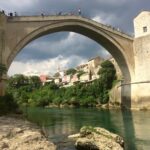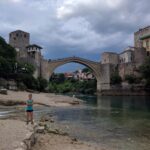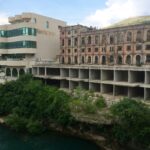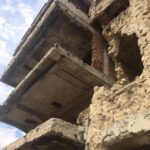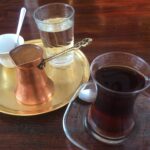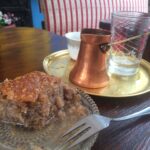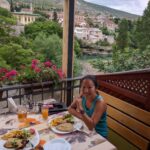When I read that Mostar was not only Bosnia’s most beautiful (and visited) city but also the most devastated city during the Bosnian Civil War, I knew I had to see it. I bookmarked it on my map, and found myself planning a day trip for Mostar several months later while traveling in Croatia.
While I’m no history buff, I knew it was important to understand Bosnia’s recent grim history whose scars are still gaping in Mostar today. I learned a lot, but I’m not going to lay out all the complicated details of the war in my travel blog. Here it is in a super brief nutshell as how I understand it: Slovenia, Croatia, Bosnia, Serbia, Montenegro, and Macedonia once formed the state of Yugoslavia until the early 1990s, when a rise of nationalism led to wars for independence. Bosnia always had three major religious groups coexisting together: Islamic Bosniaks, Roman Catholic Croats, and Orthodox Serbs. During the rise for independence, the Serbs with the help of the Serbian government attempted to “purify the Bosnian race,” which was an ethnic cleansing of the Islamic Bosniaks and Catholic Croats. This ended up being the 2nd largest genocide in Europe after the holocaust. The war ended with a stalemate as NATO got involved and forced a peace agreement.
Enough with history. Now the logistics. The drive and border crossing from Split to Mostar was straight forward and simple. During our stay in Mostar we camped at an auto camp about 10 km south from Mostar for €17 for two people. As soon as we arrived we learned of our transportation options into Mostar: return-trip private taxi service from the auto camp owners for €15, or the public bus. We opted for the bus, but when we went to the gas station to make change for the bus, we learned that the next bus was in 2.5 hours. Seeing that hitchhiking was common in Bosnia, we opted to hitchhike. We were able to flag down a car within 2 minutes. YAY!
We got dropped off at the street down to the beautiful Stari Most. 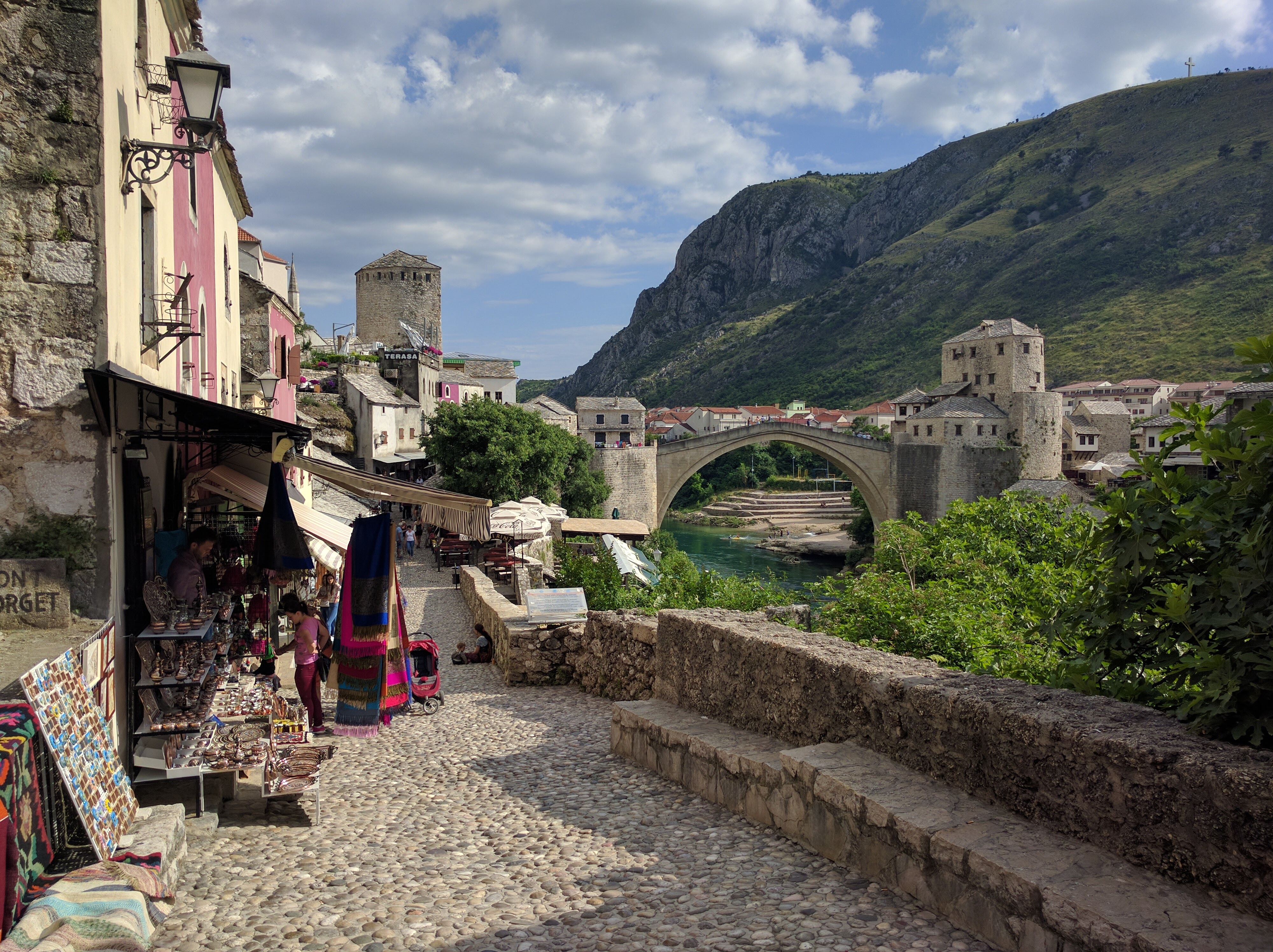
The highlights of Mostar were simply walking around, soaking in the many gorgeous views of the river and bridge from different viewpoints. Walking down to the “beach” and looking up at the bridge:
My favorite view of Stari Most from another bridge: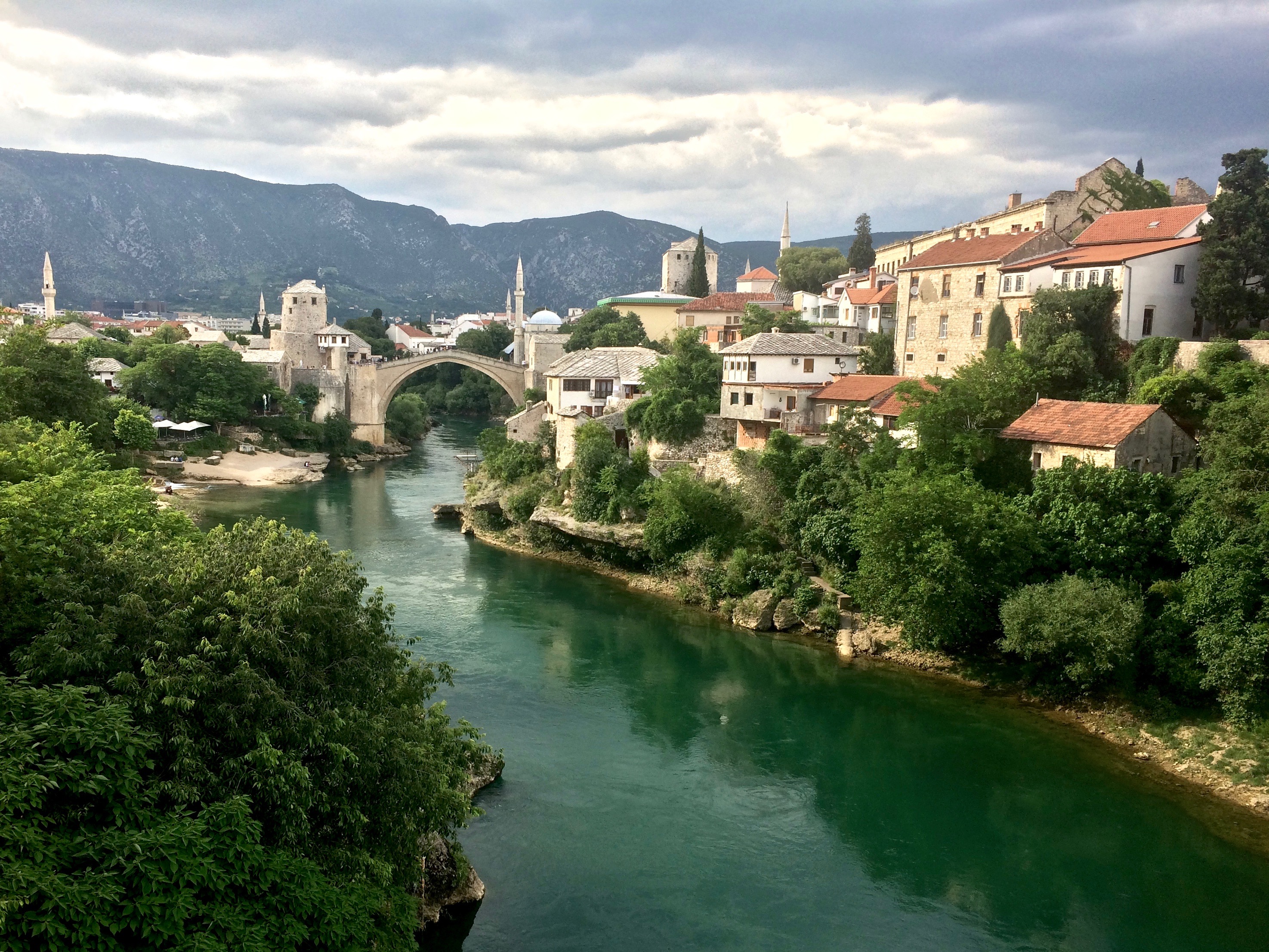
The view standing on Stari Most and looking out: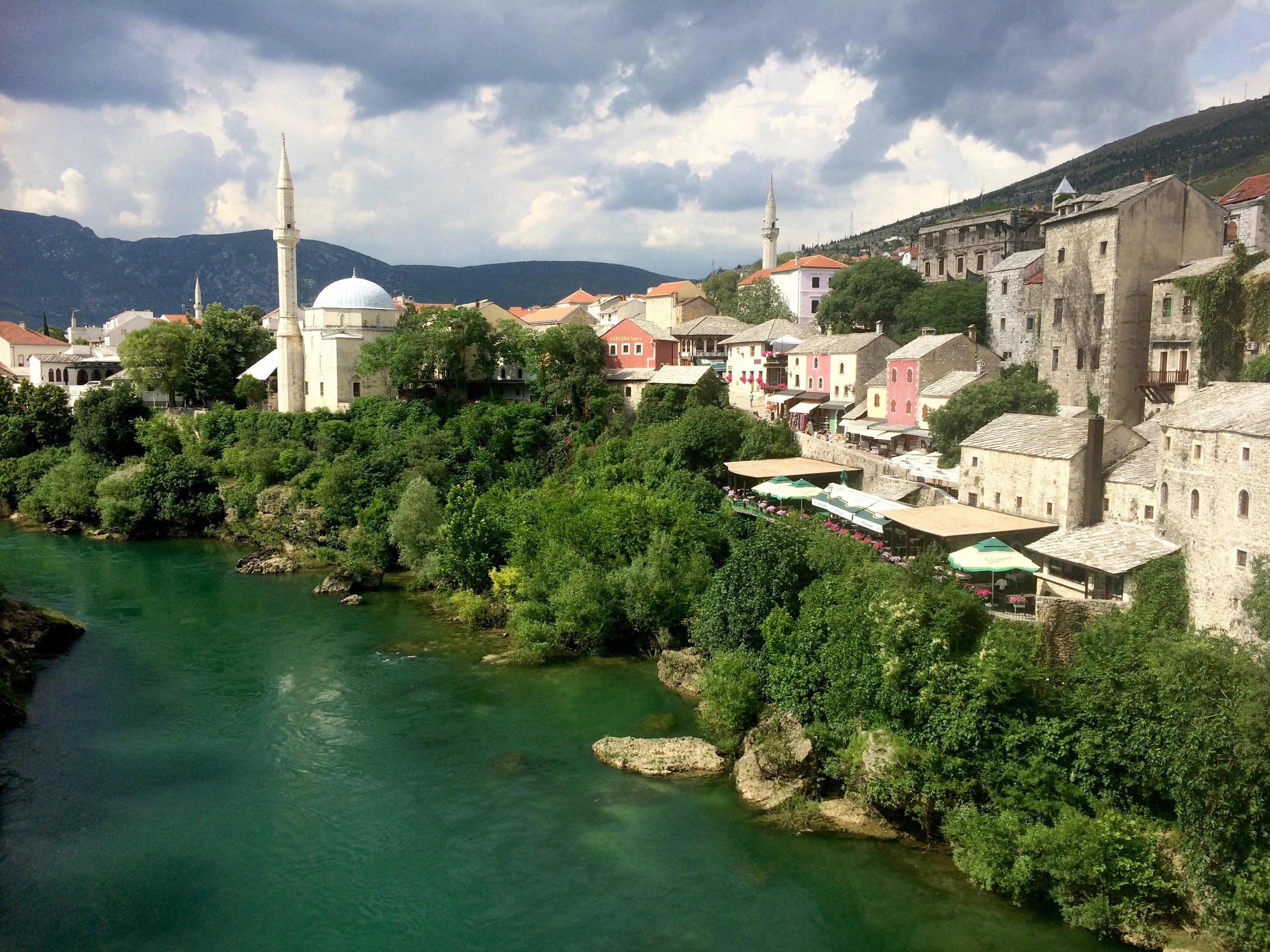
The Crooked Bridge, the same exact model of Stari Most, but on a smaller scale: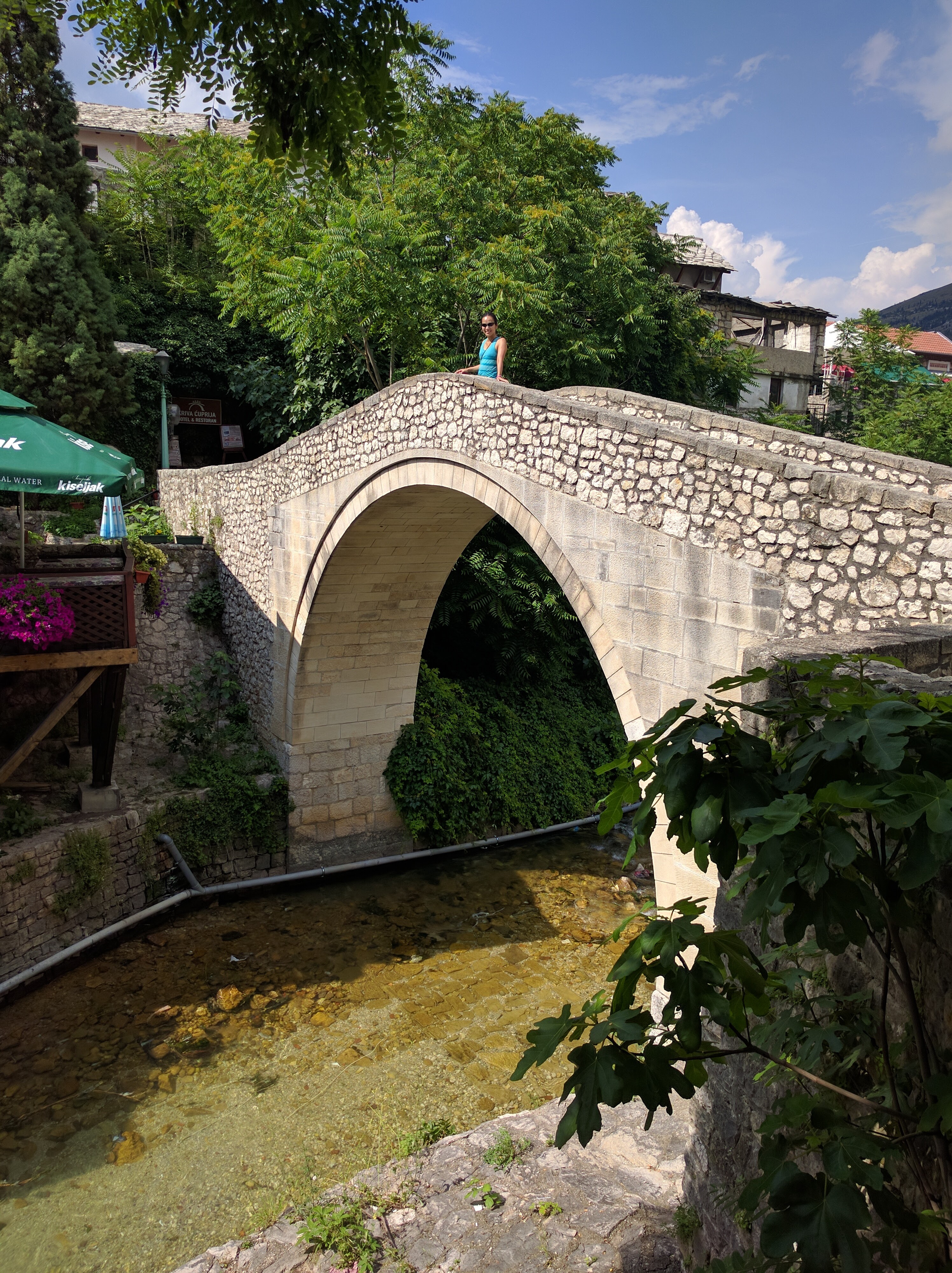
Between searching for views of Stari Most, we also took a historic stroll along the front line. Not even two decades ago the entire city of Mostar looked like a war zone. While life resumed in Mostar and most structures including the bridge were rebuilt, its war scars were still evident. Buildings stood in complete disrepair with no one reclaiming them, and not-too-shabby buildings still operated with a facade of mortar and bullet holes.
Rebuilt mosques: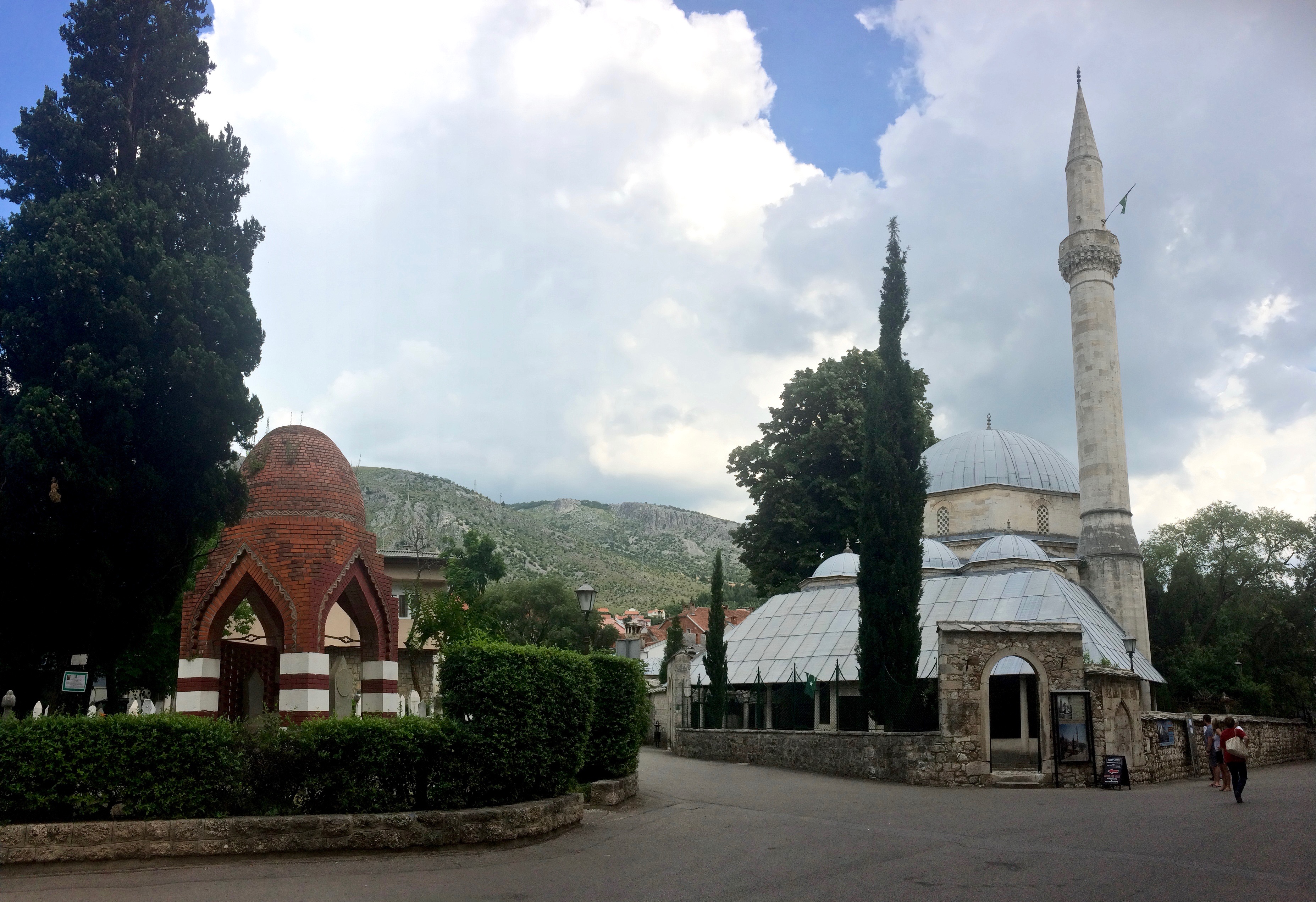
No trip to Mostar would be complete without a meal and/or coffee and tea. We tried delicious “Turkish” tea and an incredibly bitter “Turkish” coffee, and the worst baklava I had ever eaten. I guess it’s still important to distinguish the authentic shops from the touristy ones.
At least our dinner made up for the terrible baklava. We both ordered the Balkan specialty of cevapcici at the well-reviewed Hindin Han. The grilled meat sausages and crispy pita bread were to die for, and a bargain at only €4 per dish!
Hitchhiking in the dark in a foreign country wasn’t our idea of a good time, so we ate an early dinner and headed out to the main road. Again, within two minutes of smiling, jumping, and waving my thumb in the street, I flagged down an incredibly friendly, English-speaking local who was thrilled to discover we were Americans. To me hitchhiking wasn’t about saving money–it was about meeting locals and creating memorable conversations.
We absolutely loved our visit to Mostar, a town where mosques and churches can be seen on the same street, a beautiful restored town whose grim history reminds us about the effects of war. Unlike other countless “tourist” cities in Europe, Bosnia’s major tourist city consisted of not only beautiful scenery, but also delicious and inexpensive food and the friendliest people. There was not a single person we’ve met who has been to Mostar and hated it.

